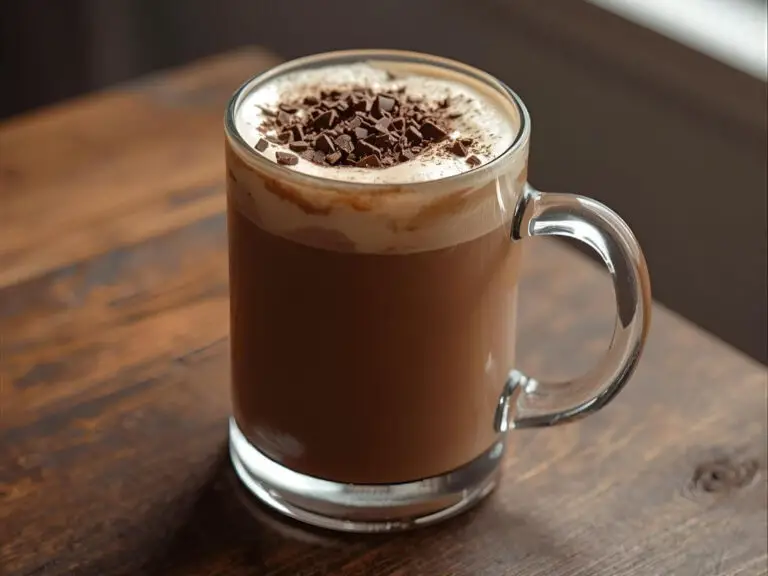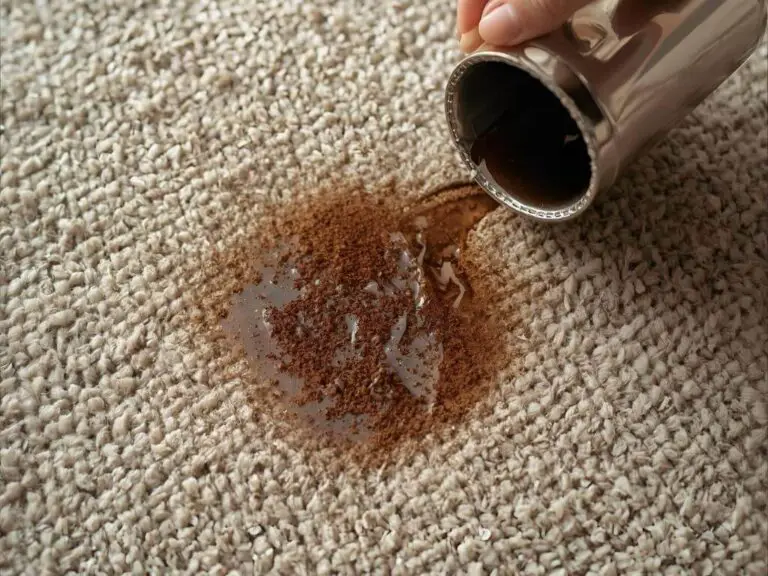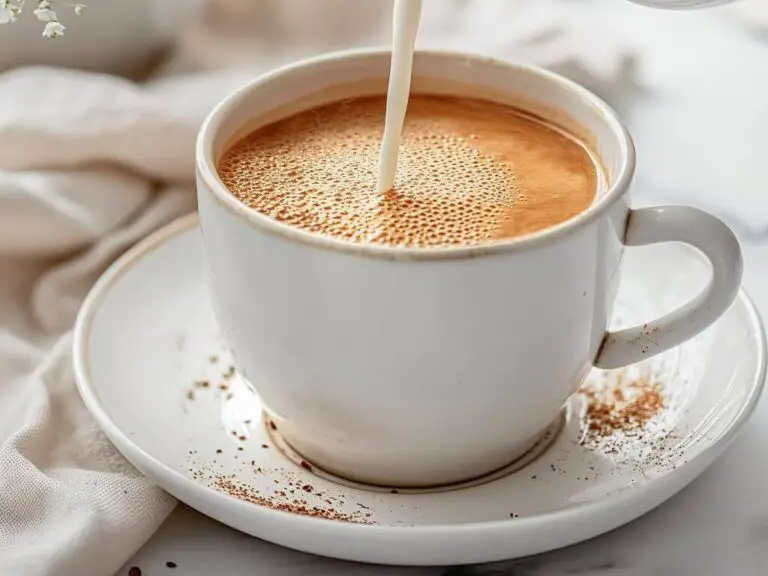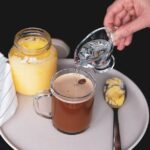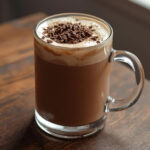How to Make Italian Espresso at Home (Without Fancy Equipment)
Imagine: You’re standing at a marble-topped bar in a bustling Italian café. The air is rich with the aroma of freshly ground coffee beans. A barista hands you a tiny porcelain cup filled with a dark, velvety liquid topped with a golden crema. You take that first sip—bold, intense, and perfectly balanced. This is Italian espresso.
More than just a drink, espresso is a way of life in Italy. It’s a morning ritual, an afternoon pick-me-up, and a social tradition all in one. But what makes Italian espresso so special? Why is it considered the gold standard of coffee worldwide?
In this guide, we’ll dive deep into:
✅ The fascinating history of how espresso was born in Italy
✅ What makes it unique—from beans to brewing secrets
✅ How to order & drink it like a true Italian
✅ Where to find the best espresso in Italy (plus how to make it at home)
So grab your favorite cup (or a fresh shot of espresso!), and let’s explore the world of caffè italiano.
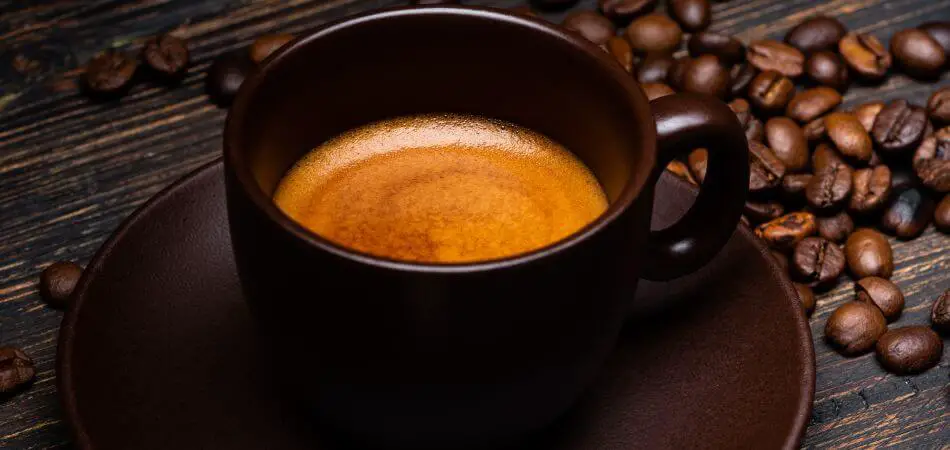
The History of Italian Espresso – How It All Began
The Birth of Espresso (1884)
Espresso didn’t just appear overnight—it was invented out of necessity. In 19th-century Italy, coffee lovers wanted a faster, stronger brew than traditional slow-drip methods. Enter Angelo Moriondo, a Turin inventor who patented the first espresso machine in 1884.
But Moriondo’s machine was just the start. Two other Italians perfected it:
🔹 Luigi Bezzera (1901) – Added pressure for a quicker, richer extraction.
🔹 Desiderio Pavoni (1905) – Commercialized the machine, making espresso bars possible.
By the 1930s, espresso had become Italy’s go-to coffee. The iconic “barista” (Italian for bartender) emerged, crafting each shot with precision.
Espresso Machines: From Steam to High-Tech
Early machines used steam pressure, but today’s espresso makers rely on 9 bars of pressure (about 130 psi) to extract maximum flavor.
| Era | Key Innovation |
|---|---|
| 1884 | Moriondo’s steam-powered machine |
| 1901 | Bezzera’s pressure-based design |
| 1940s | The lever-operated “Gaggia” machine |
| Today | Automatic & super-automatic machines |
Why Espresso Became Italy’s Daily Ritual
Italians don’t just drink espresso—they live it.
- Quick & Efficient – A 30-second shot fits Italy’s fast-paced lifestyle.
- Social Culture – Espresso breaks (pausa caffè) are moments to chat with friends.
- Affordable Luxury – Even in the 1950s, a shot cost less than a newspaper!
Fun Fact: The word “espresso” means “pressed out” (referring to the brewing method) but also “fast”—perfect for busy Italians!
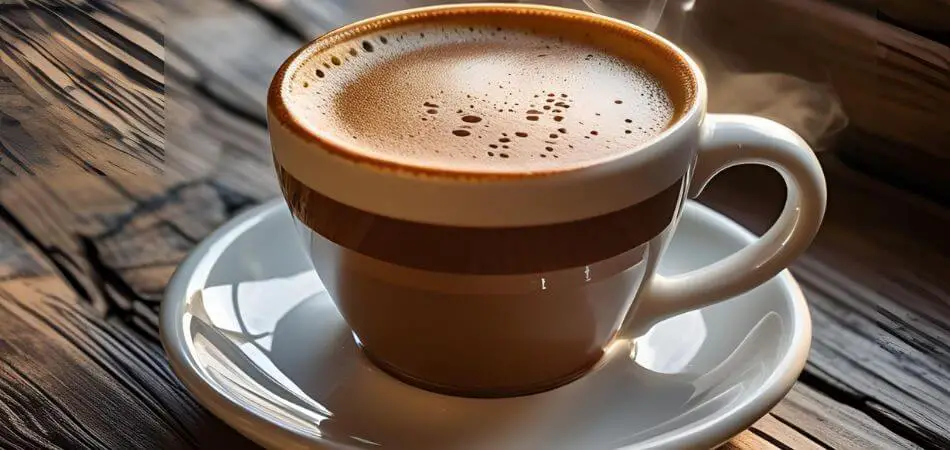
What Makes Italian Espresso Unique?
1. The Beans: Arabica vs. Robusta
Italian espresso blends typically use:
- Arabica (70-80%) – Smooth, aromatic, slightly sweet.
- Robusta (20-30%) – Bolder, more caffeine, adds crema.
Top Italian Brands:
✔ Lavazza
✔ Illy
✔ Kimbo
2. The Roast: Dark & Intense
Unlike lighter American roasts, Italian espresso beans are dark-roasted for a:
- Rich, caramelized flavor
- Lower acidity (easier on the stomach)
- Stronger aroma
3. The Brewing Method: Science in a Cup
A perfect shot requires:
⚡ High pressure (9 bars) – Extracts oils & flavors quickly.
⏱ 25-30 seconds – Any longer = bitter; shorter = weak.
🌡 90-96°C (194-205°F) – Too hot = burnt taste.
4. The Crema: The Golden Seal of Quality
That creamy, caramel-colored foam on top? That’s crema—a sign of a well-made espresso.
- Made from CO₂ & coffee oils
- Should be thick & persistent (not disappearing in seconds)
Pro Tip: If your espresso has no crema, the beans might be stale or the grind too coarse!
How to Order Espresso Like a True Italian
Ordering coffee in Italy isn’t just about asking for “an espresso.” There’s an art (and etiquette!) to it. Here’s how to do it right—so you don’t look like a turista!
🔹 Key Phrases to Know
- “Un caffè, per favore” → A standard single shot of espresso (what Italians drink 90% of the time).
- “Un caffè doppio” → Double shot (rarely ordered by locals—too much caffeine!).
- “Un ristretto” → A “restricted” (shorter, stronger) espresso.
- “Un lungo” → A “long” espresso with more water (milder taste).
- “Un caffè macchiato” → Espresso “stained” with a drop of steamed milk.
- “Un caffè corretto” → Espresso “corrected” with a shot of grappa or sambuca.
🔹 Italian Coffee Etiquette (Don’t Break These Rules!)
✅ Stand at the Bar – Sitting costs 2-3x more! Italians drink espresso quickly while standing.
✅ Cappuccino Only Before 11 AM – Milk-based drinks are breakfast-only. Ordering one after lunch? Brutto errore!
✅ No Large To-Go Cups – Espresso is meant to be savored immediately, not carried around.
✅ No Flavored Syrups – Italians drink coffee pure—no vanilla, caramel, or pumpkin spice here!
Fun Fact: If you ask for a “latte”, you’ll get a glass of milk. Want a latte? Say “caffè latte”!
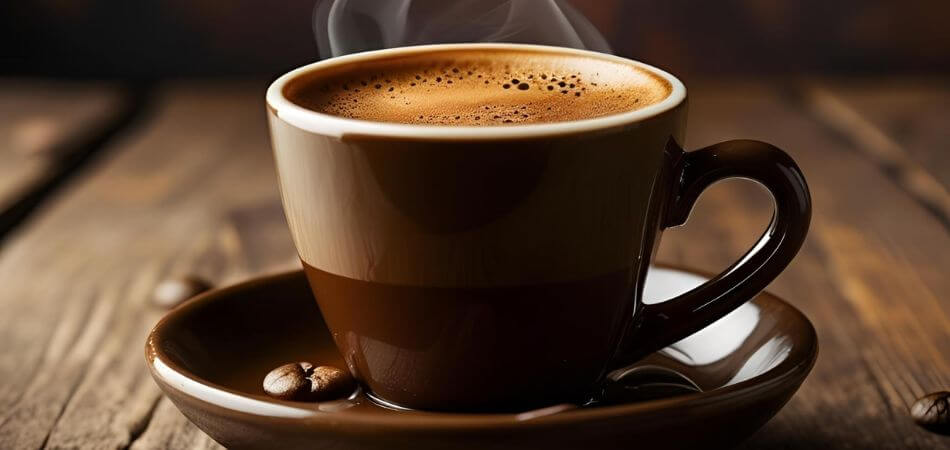
The Espresso Ritual – More Than Just Coffee
In Italy, espresso isn’t just a drink—it’s a social ritual. Here’s how Italians integrate it into daily life.
1. The Morning Routine
- 7-9 AM: Quick espresso at the bar before work (“un caffè al volo”).
- 10-11 AM: Cappuccino & cornetto (Italian croissant) for breakfast.
2. The Afternoon Pick-Me-Up
- 3-5 PM: Pausa caffè—a mini-break to recharge with colleagues or friends.
3. The Post-Dinner Tradition
- After 8 PM: Caffè digestivo (espresso to aid digestion). Some add grappa for a corretto!
Iconic Italian Cafés to Visit
| City | Café | Why It’s Famous |
|---|---|---|
| Rome | Sant’Eustachio | Secret honey-sweetened espresso |
| Venice | Caffè Florian | Oldest café in the world (1720) |
| Naples | Gran Caffè Gambrinus | Invented caffè sospeso (paying for a stranger’s coffee) |
| Milan | Pasticceria Marchesi | Favorite of fashion icons & locals |
Pro Tip: In Naples, espresso is extra-strong & slightly sweetened—try it like a local!
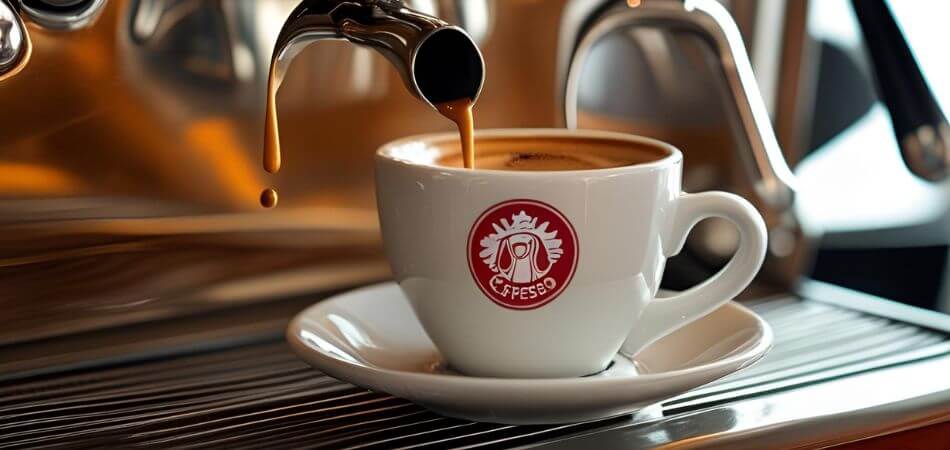
How to Make Authentic Italian Espresso at Home
Want that perfect café-quality espresso without flying to Italy? Here’s how to brew it like a pro.
🔹 Equipment You’ll Need
✔ Espresso machine (or a Moka pot for a budget-friendly option)
✔ Burr grinder (freshly ground beans = better crema)
✔ Tamper (to pack grounds evenly)
✔ Digital scale (for precise measurements)
🔹 Step-by-Step Brewing Guide
- Choose the Right Beans – Freshly roasted Italian blend (Lavazza, Illy, or Kimbo).
- Grind Fine (But Not Too Fine!) – Should feel like table salt.
- Dose Correctly – 18-20g of coffee for a double shot.
- Tamp Firmly – Apply 15-20kg of pressure for an even pack.
- Brew for 25-30 Seconds – Aim for a 1:2 ratio (18g in → 36g out).
- Look for the Crema – Golden, thick, and velvety = success!
🔹 Common Mistakes to Avoid
❌ Using stale beans (grind fresh for best flavor).
❌ Incorrect water temperature (too hot = bitter, too cold = sour).
❌ Over-extracting (if it takes >30 sec, grind coarser).
Pro Tip: Preheat your cup! A cold cup cools espresso too fast.
Espresso vs. Other Coffee Cultures
Italy vs. America: Espresso vs. Drip Coffee
| Aspect | Italian Espresso | American Coffee |
|---|---|---|
| Size | 1 oz (30ml) | 8-16 oz (240-480ml) |
| Brew Time | 25-30 sec | 4-6 min |
| Caffeine | 63mg per shot | 95mg per cup |
| Serving Style | Quick, standing | Slow, sipped for hours |
Why Starbucks Struggled in Italy (At First)
- Italians prefer small, strong, cheap espresso—not sugary, oversized drinks.
- Starbucks eventually adapted with “Reserve Roasteries” offering premium espresso.
How Italian Espresso Shaped Global Coffee
- Cappuccino, latte, flat white all start with espresso.
- Third-wave coffee (specialty roasts) still follows Italian brewing principles.
Fun Fact: The “Americano” was invented when WWII soldiers diluted espresso with hot water!
Conclusion: La Dolce Vita in Every Sip
Italian espresso is more than caffeine—it’s tradition, craftsmanship, and la dolce vita in a tiny cup. Whether you’re sipping it at a Venetian café or brewing it at home, each shot carries centuries of passion.
Now It’s Your Turn!
👉 Try ordering like an Italian (“Un caffè, per favore!”).
👉 Experiment with home brewing (fresh beans = game-changer).
“Una vita senza caffè è come… beh, non ci penso nemmeno!”
(“A life without coffee is… unthinkable!”) ☕🇮🇹
Bonus: 5 Must-Try Italian Espresso Variations
- Caffè Shakerato (Iced shaken espresso with sugar)
- Marocchino (Espresso + cocoa + frothy milk)
- Espresso con Panna (With whipped cream)
- Bicerin (Turin specialty: espresso, chocolate, cream)
- Caffè d’Orzo (Barley coffee—caffeine-free alternative)
Which one will you try first? Let me know below! 😊
FAQ’s
What is an Italian espresso?
An Italian espresso is a concentrated coffee brewed under high pressure, producing a rich, velvety shot with golden crema. It’s the heart of Italy’s coffee culture – strong, fast, and meant to be enjoyed standing up.
What is the Italian espresso thing?
Italian espresso is a concentrated coffee brewed under high pressure, known for its rich flavor, velvety crema, and quick preparation – it’s the heart of Italy’s coffee culture served in small, strong shots.
Is Italian espresso stronger?
Italian espresso isn’t stronger in caffeine, but tastes more intense due to darker roasts and brewing methods. It’s about quality, not quantity.
What is the perfect Italian espresso?
The perfect Italian espresso features a rich crema, balanced bittersweet flavor, and velvety texture, brewed at 9 bars pressure with 7g of finely-ground beans extracted in 25-30 seconds.” (For authentic results, use fresh 100% Arabica beans and serve in a preheated demitasse.)

